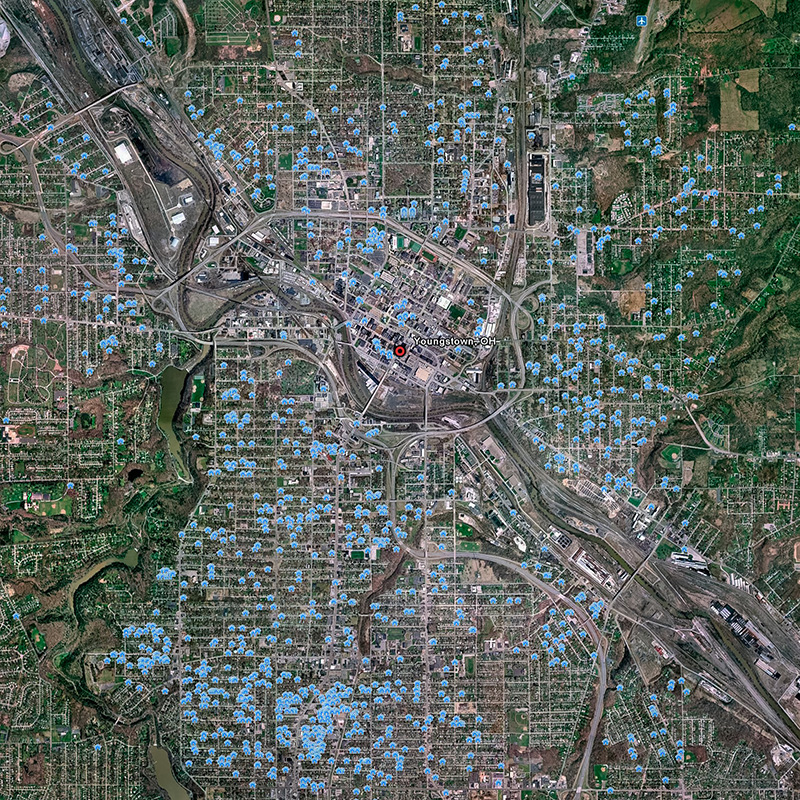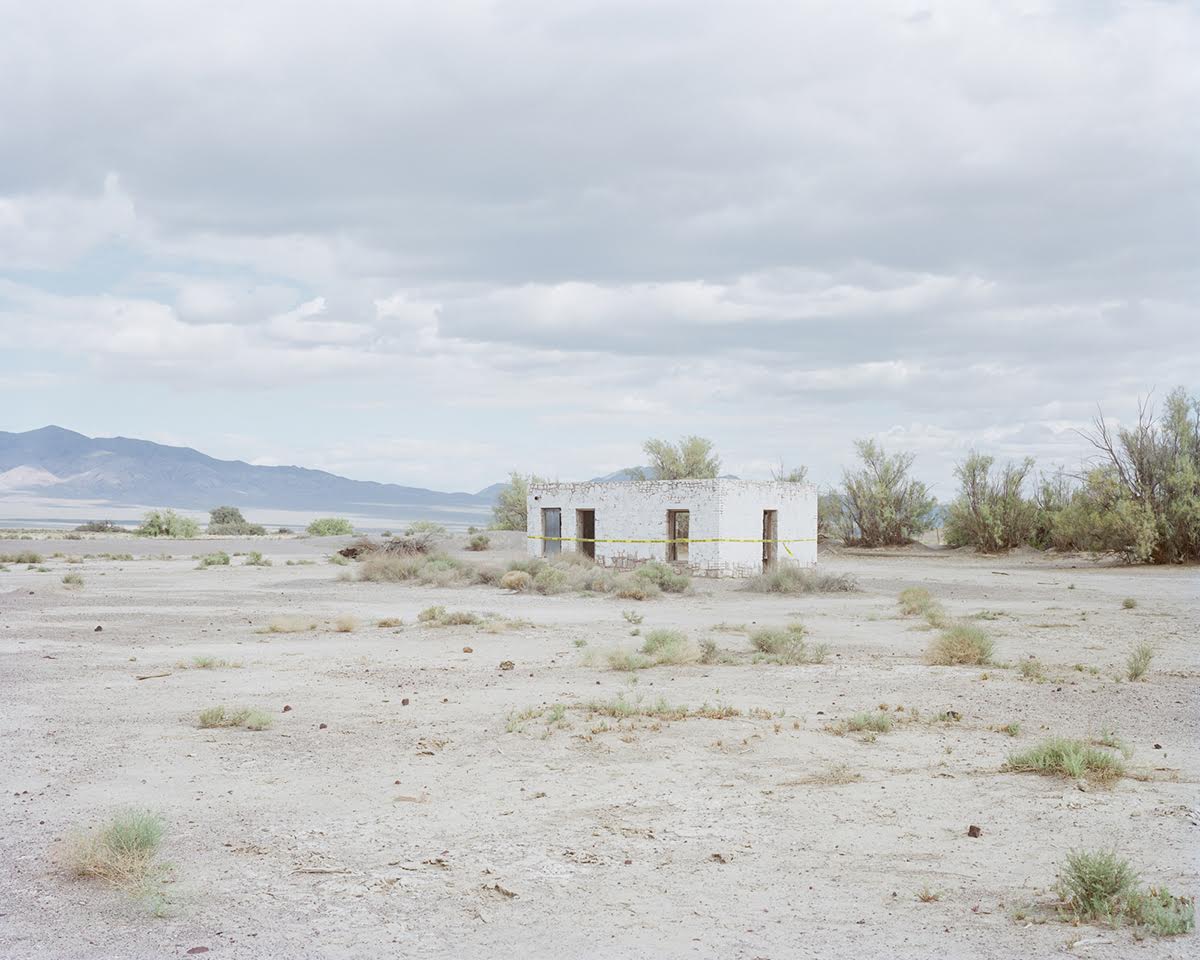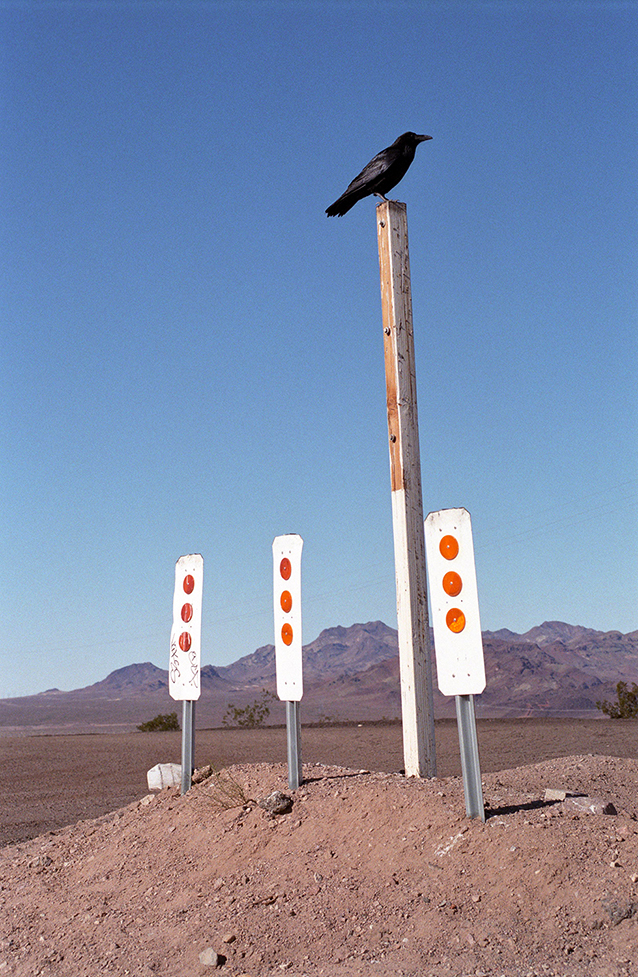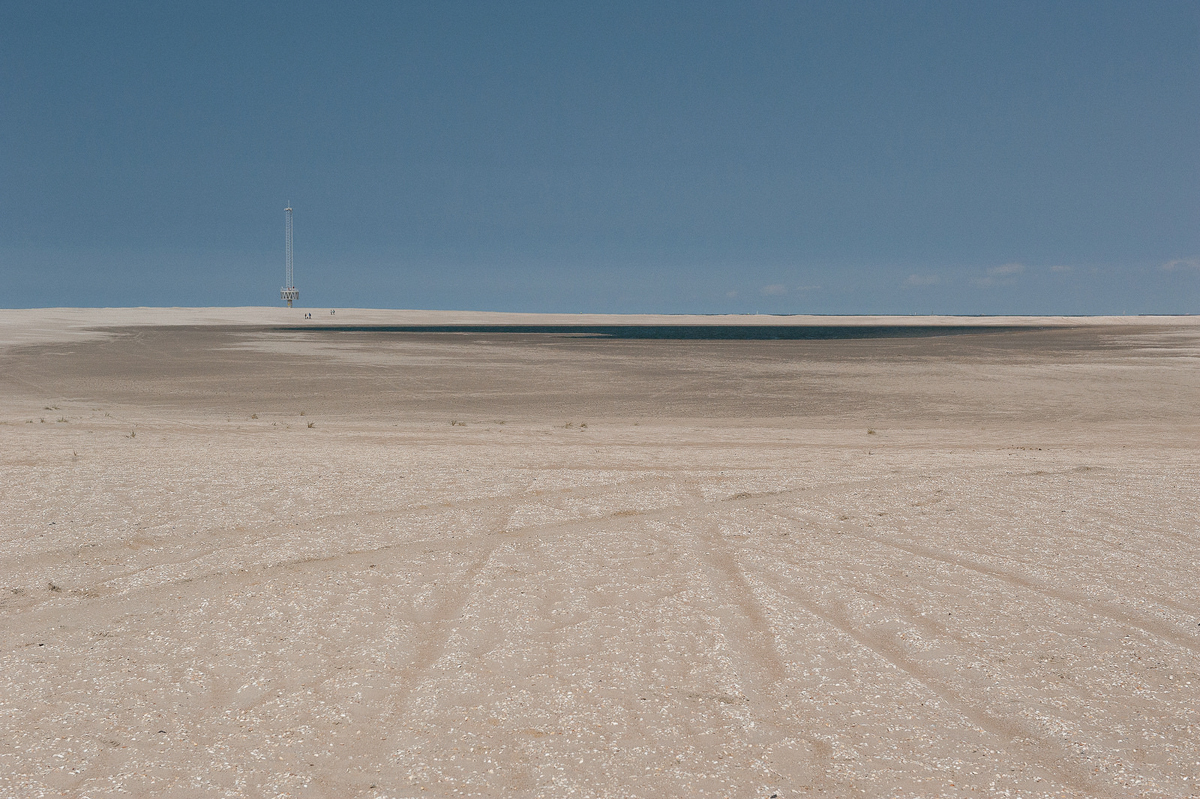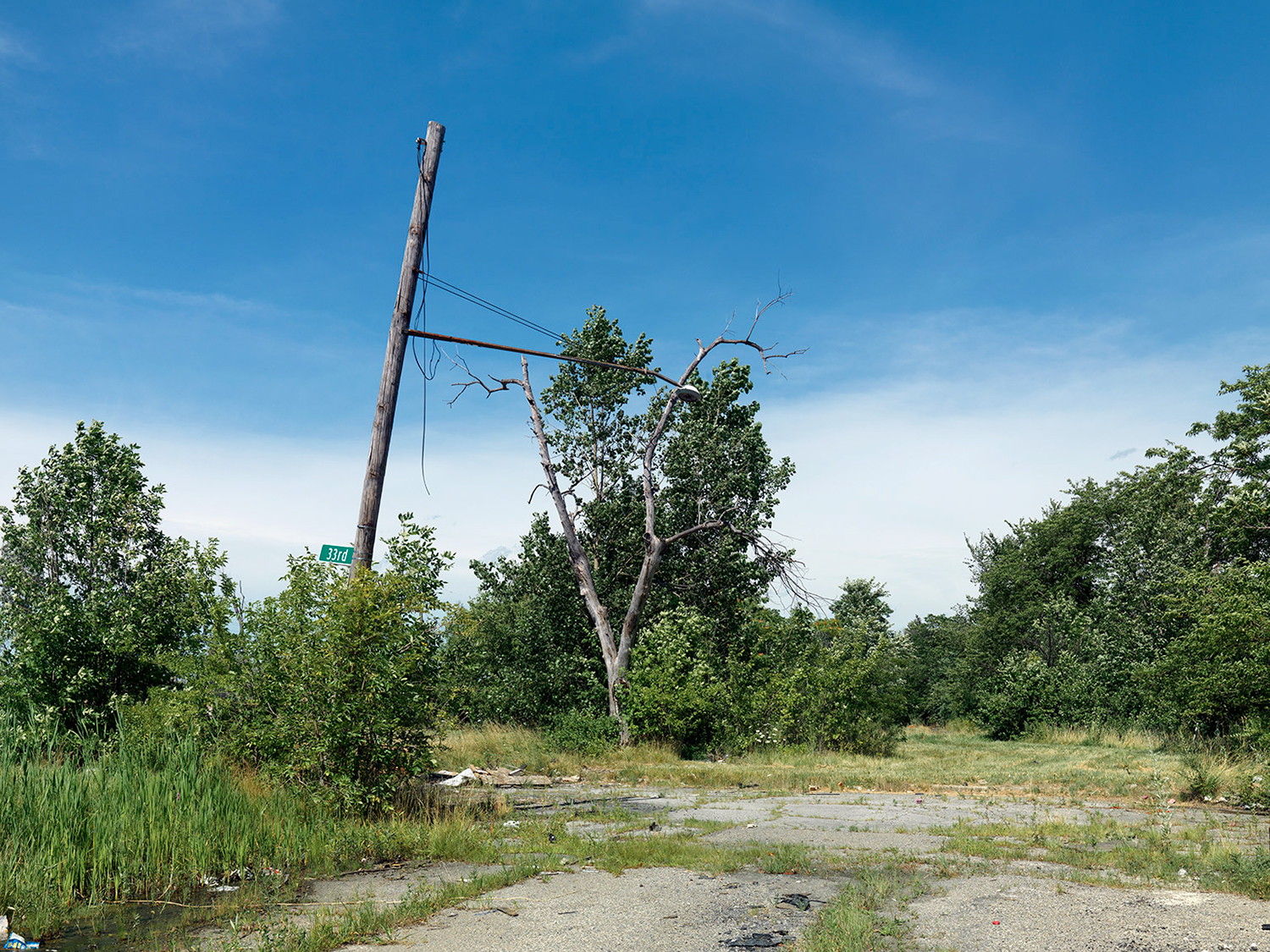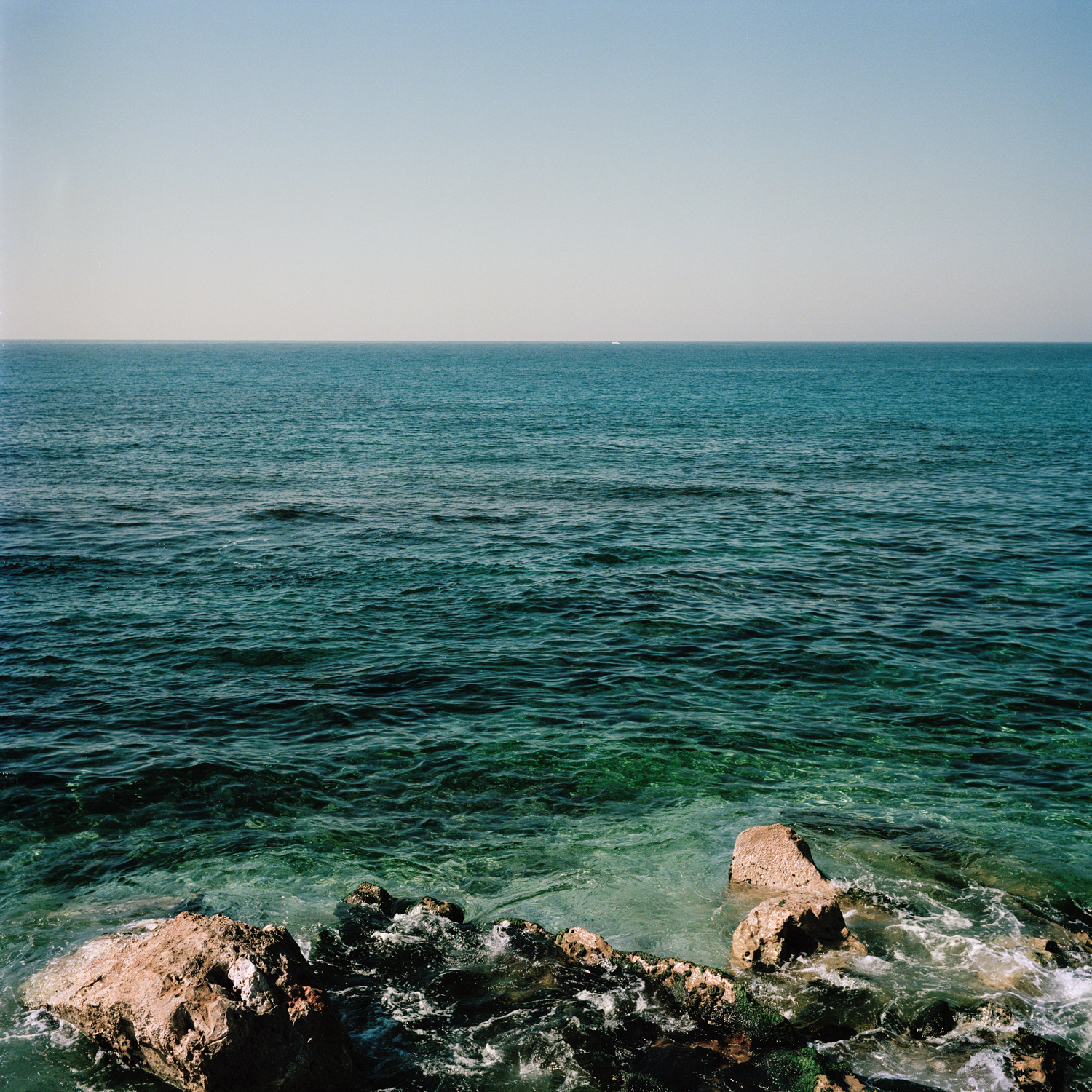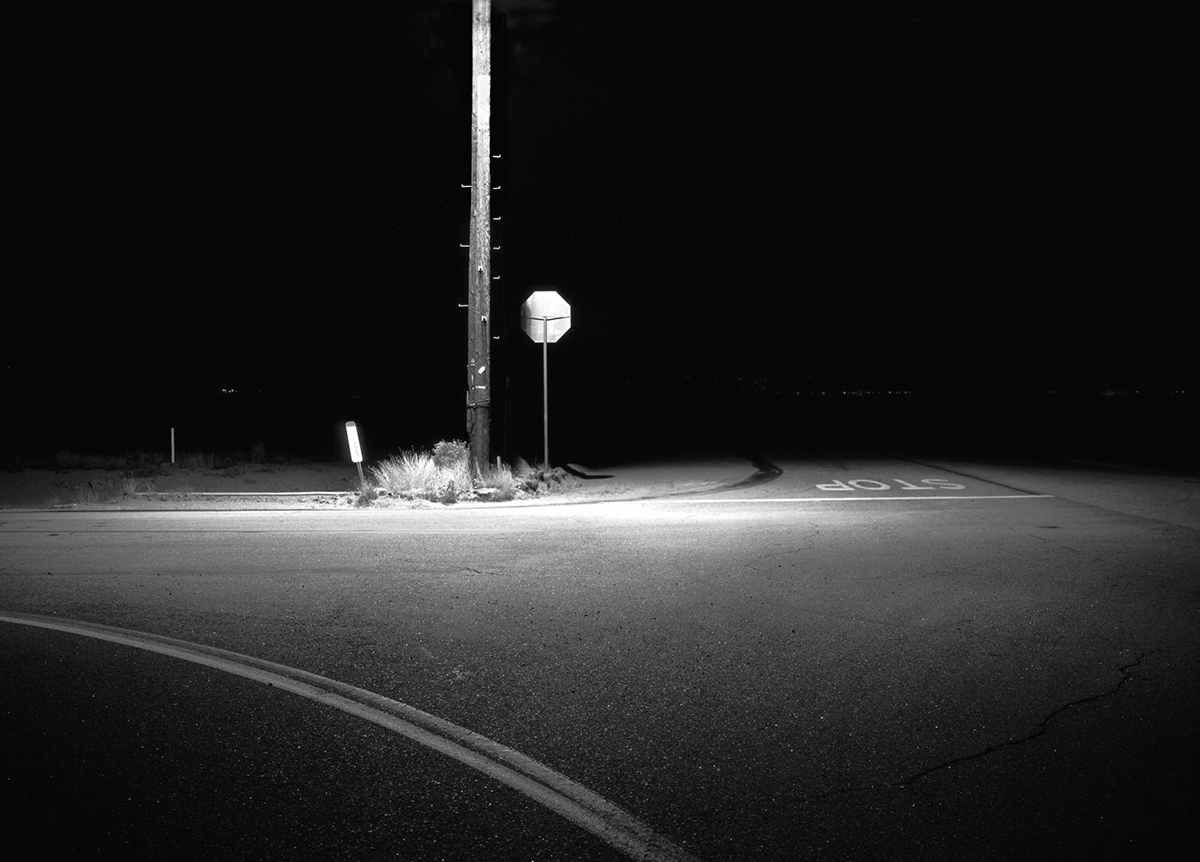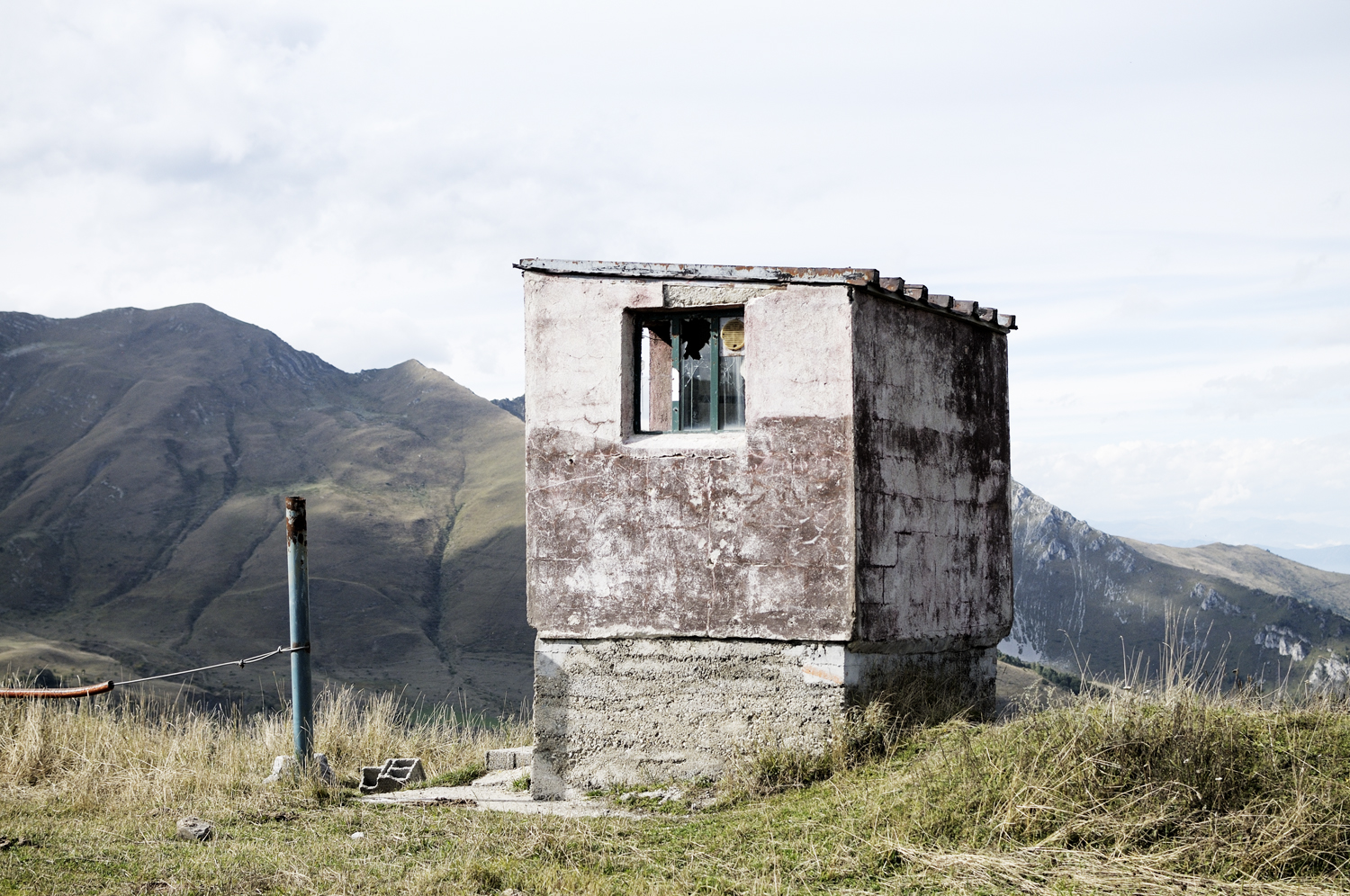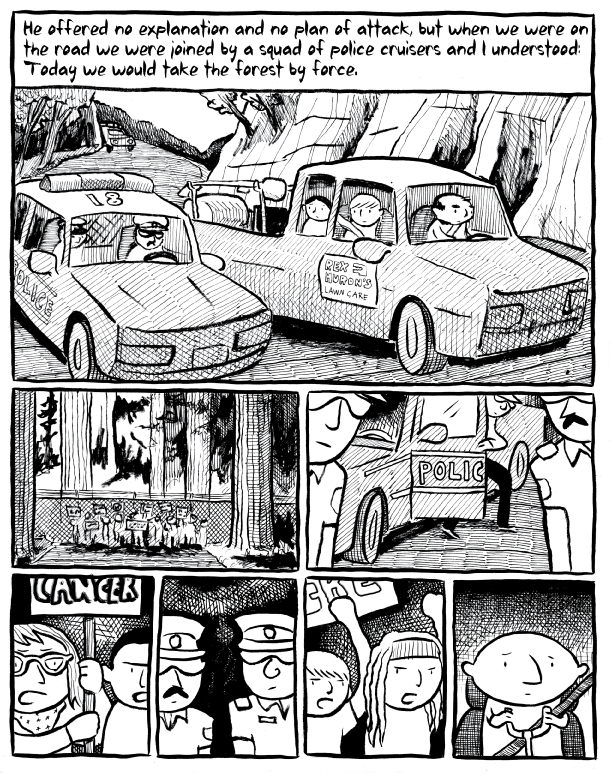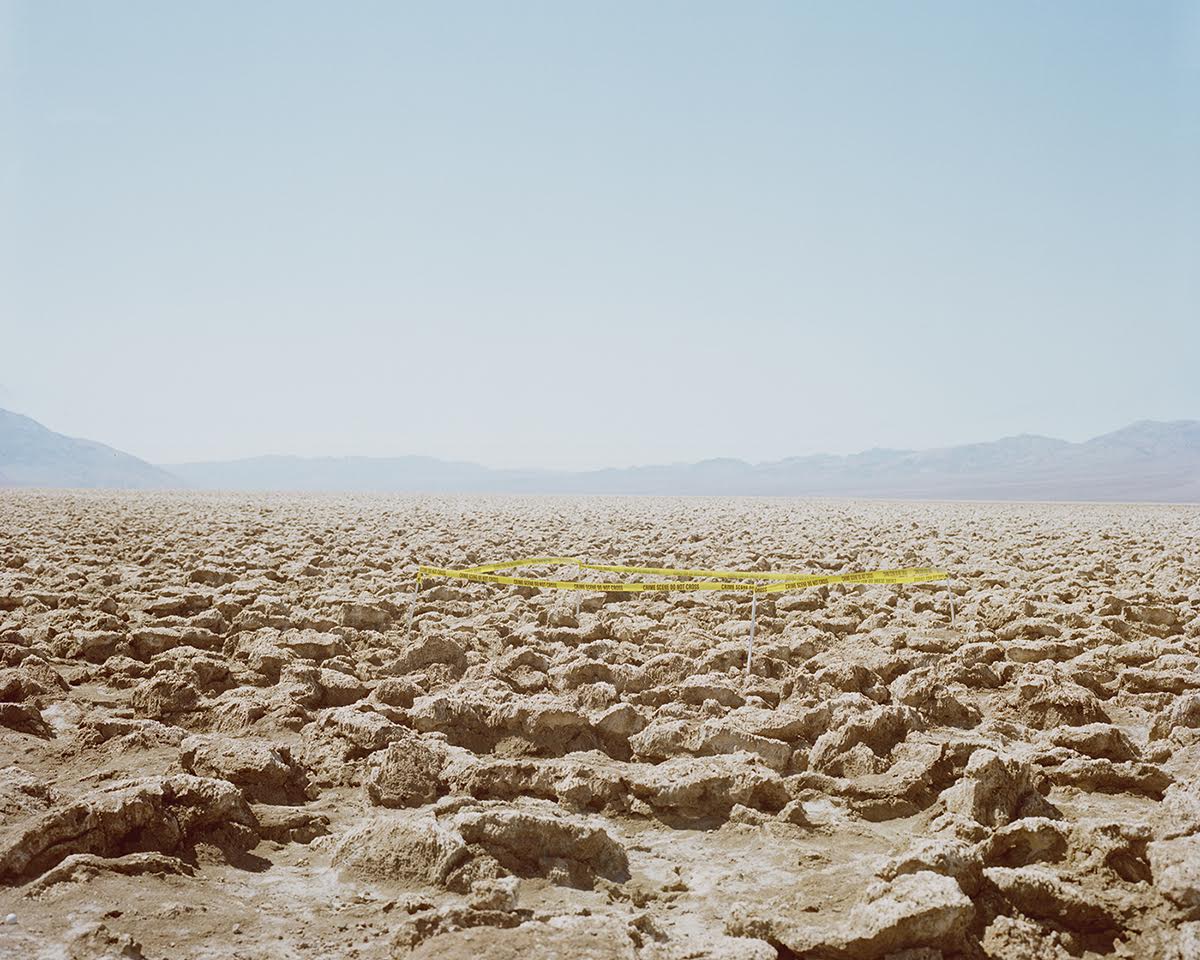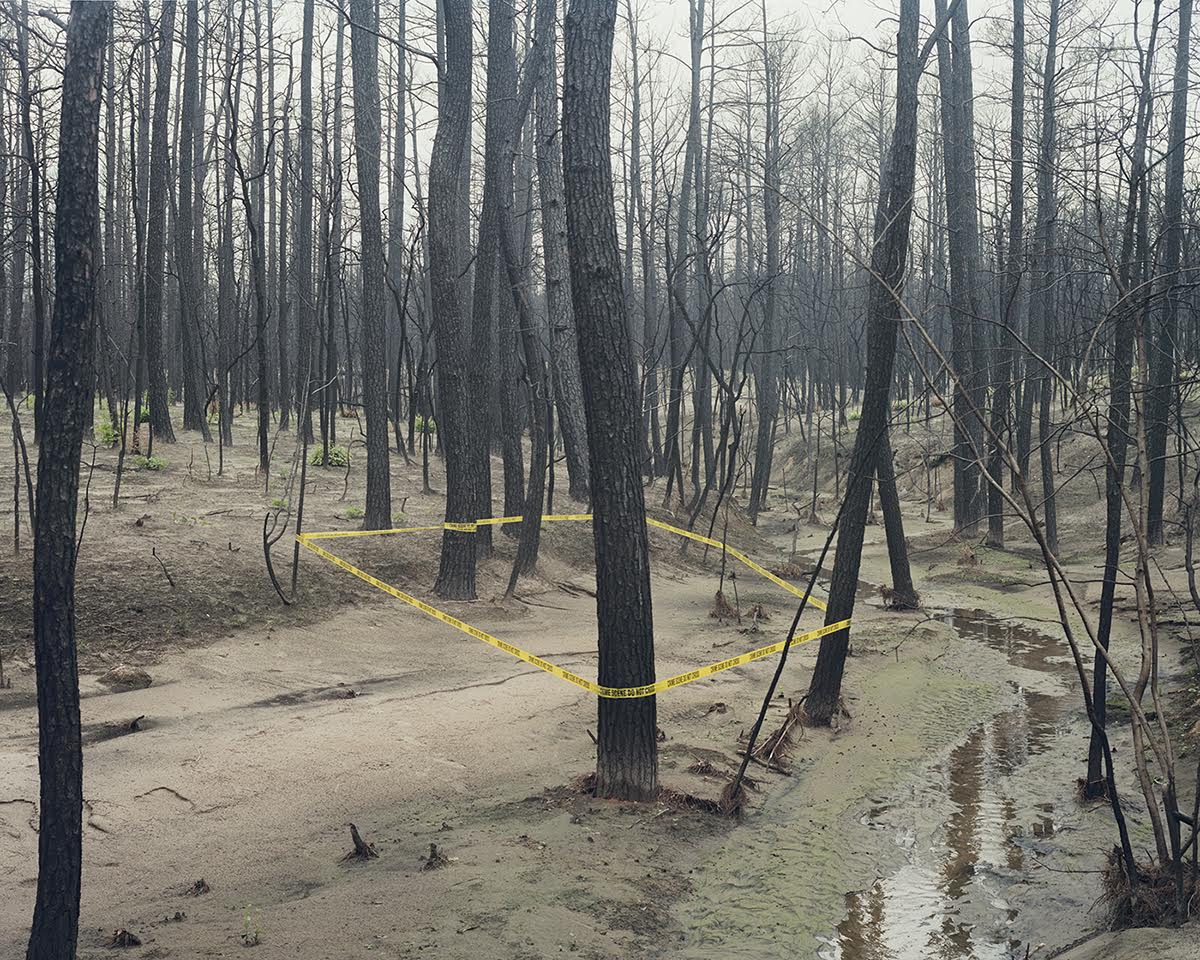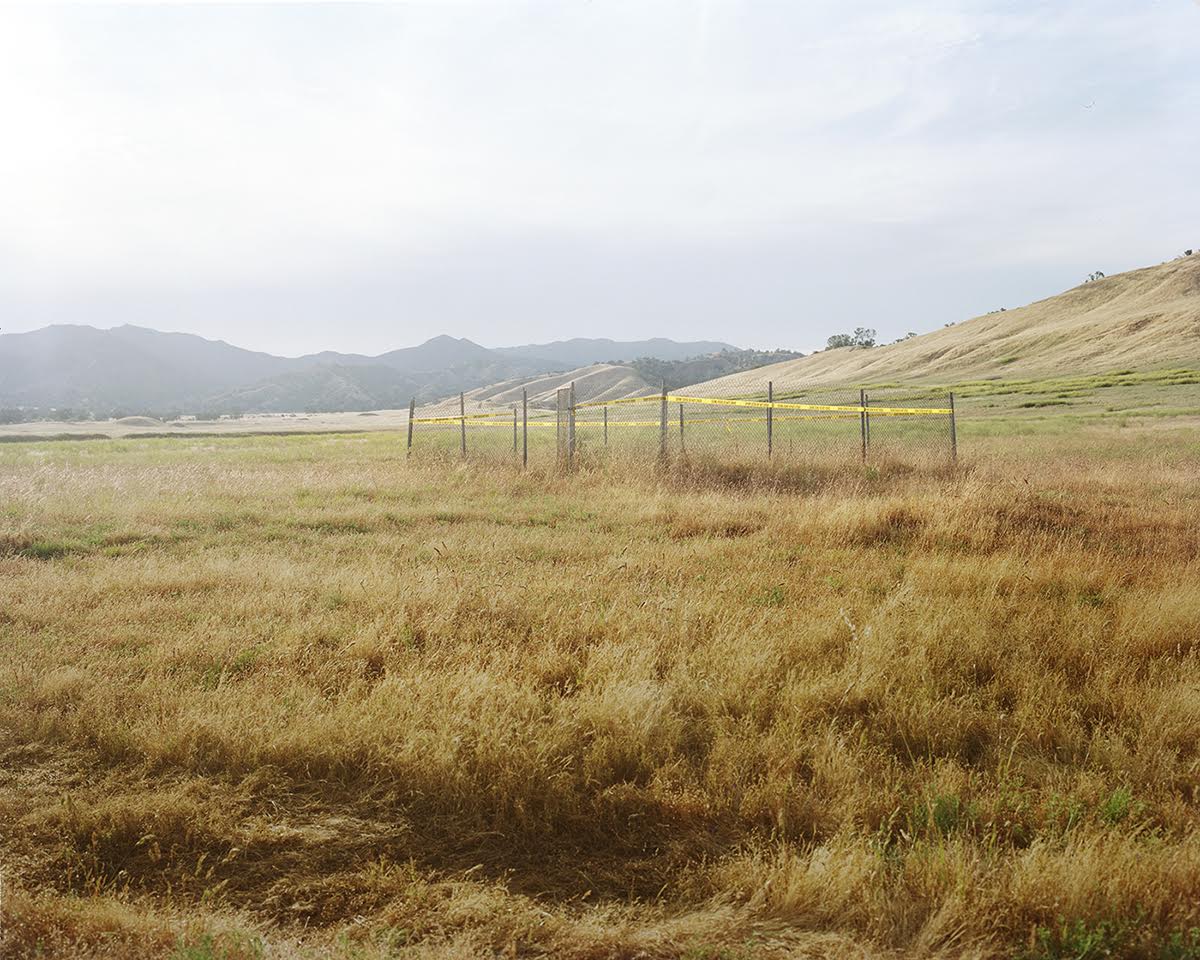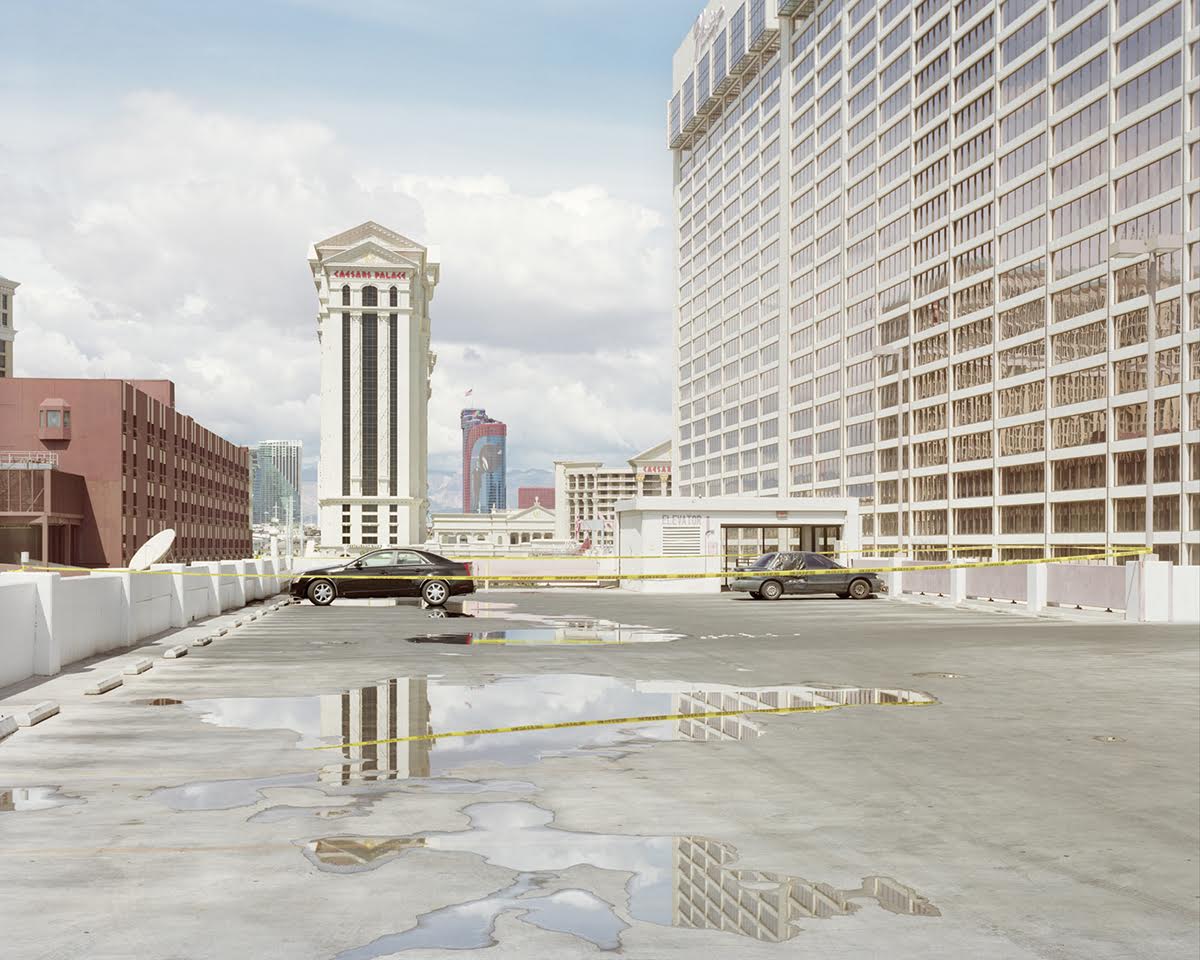Images By: Philipe Braquenier
Written By: Ryan Nemeth
Humans have long demonstrated the need for cultivating and maintaining barriers and boundaries within their habitable environments. At the most primal level, boundary and barrier creation serves as a human tool for enabling property ownership, security and the assignment of resources within defined geographies. Digging deeper, recorded human history reveals that boundaries have always been leveraged as a basic unit of wealth and as a means for organizing and denoting power structures in society. Thus, the human actions of gating and restricting access to both natural resources and human capital have long been repeated throughout history. This behavior has given rise to clans, tribes, and societies, while also fueling human actions of spatial demarcation and a need for the delineation of barriers and boundaries within our world.
In trying to understand human constructions of space, it should be noted that boundaries can be both real and imagined as well as imposed and exposed. In simple form; boundaries manifest themselves as an extension of both the natural and unnatural world. Natural and prominent borders are often formed via topographical and geographic features such as rivers, mountain ranges, forests, ravines, deserts and canyons. Conversely, human constructed environments give rise to unnatural manmade barriers in the form of dams, reservoirs, lakes, roads and fences, etc. History also demonstrates that humans have forever worked both with and against environmental resources to produce optimal and desired spatial configurations and efficient resource driven outcomes that preserve life. In trying to make sense of boundaries and barriers, one must also acknowledge the role of human perception as humans influence the formation of real and perceived boundaries by way of psychology, culture, class divisions and sociological concerns. In addition to the natural world, these human driven values and behaviors heavily impact the segmentation and division of human occupied space.
As we move about the land and through built environments, it is interesting to consider how form, line, shape, light and the sensory congeal to form our spatial experiences. Dingy and dark spaces, disorder, jagged contours, decaying objects, traumatic memories associated with place and non-navigable environments are but a few elements that can make places and spaces feel inhospitable. On the flipside, smooth and rounded edges, beautiful colors, bright light, order, symmetry, and clean spaces are just some of the triggers that contribute to favorable environmental affect and positive interactions with our world. It is interesting to ponder how natural and constructed environmental triggers shape the sensory and or our perception of space. Ultimately, these considerations dictate where we choose to go, what we avoid, how we live and what we do and feel as we move through our experiences of space and time. I do not know about for you, but for me, the thought of identifying, confronting, and challenging environmental and self-imposed barriers and boundaries seems like an invitation and an opportunity to live with less restrictions and more freedom in life, challenge accepted!

